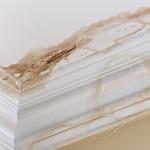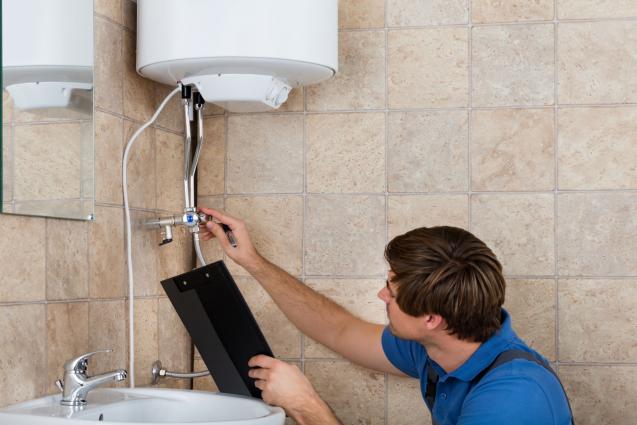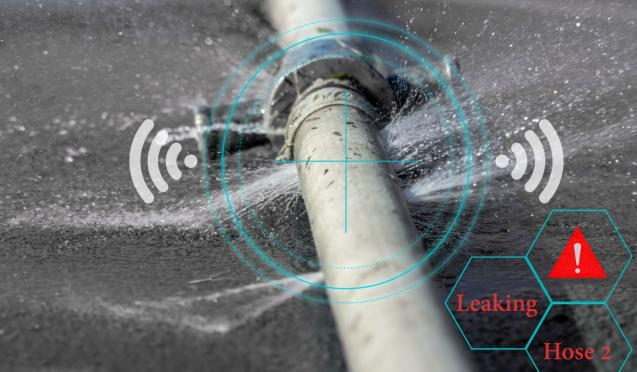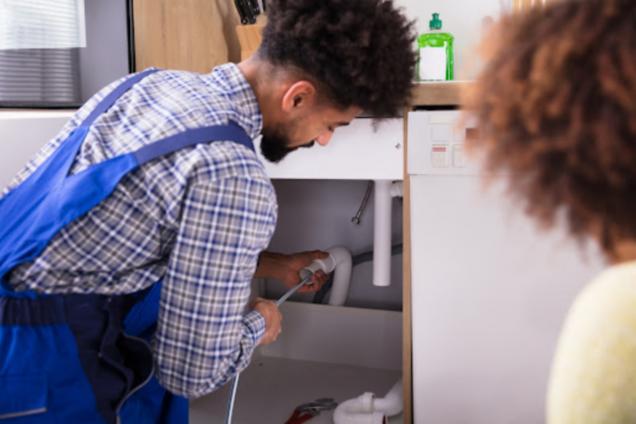
Detecting Water Pipe Leaks in Your Home: Comprehensive Guide
Understanding Water Pipe Systems
A home plumbing system is a complicated network of pipes, designed to distribute water throughout your house and dispose of sewage. The materials used for home water pipes range from plastic (like PVC and PEX) to metal (like copper, iron, and galvanised steel). The choice of material often affects the likelihood of leaks and how they can be detected; for instance, copper pipes are known for their longevity but can corrode over time, leading to leaks. Understanding common causes of pipe leaks, which include ageing infrastructure, high water pressure, temperature fluctuation, and improper installation, will help you stay one step ahead in preventing leaks.
Signs of Water Pipe Leaks
Detecting a water pipe leak early requires keen observation. An unexpected surge in your water bill should raise a red flag. Meanwhile, unexplained wet spots or discolouration on your walls, ceilings, or rugs could indicate a leak in a water pipe. Similarly, if you hear water dripping or running when all taps are off, it could be evidence of a hidden leak. Low water pressure might also suggest a leak that's diverting water away from its eventual destination.
Tools and Techniques for Detecting Water Pipe Leaks
Detecting leaks isn't always a DIY job. Speciality tools are often required, such as acoustic leak detectors that pick up the sound of running water, thermographic cameras that detect temperature changes and moist areas, and even gas leak detectors that help detect leaks in gas-filled lines. Non-invasive methods include visual inspection and use of digital tools while invasive methods involve removing sections of walls or floors. However, identifying a water leak using DIY methods can be challenging and might miss small leaks or leaks within walls. All things considered, professional leak detection services often offer more precision and less disruption to the home, but may be more costly.
Simple Measures to Prevent Water Pipe Leaks
Preventing water pipe leaks begins with regular maintenance. At the same time, installing leak detectors can provide peace of mind by alerting homeowners to leaks in real-time. Regulating water pressure is also paramount; high pressure can stress the pipes, causing them to crack and leak over time. Preparing your plumbing for temperature changes, especially during winter, can prevent pipes from freezing and bursting, thus mitigating leaks.
What To Do Once A Leak is Detected
Once a water leak is confirmed, immediate steps are necessary to prevent further water loss and damage. Switch off the mains to stop the water flow and start assessing the damage. It's a judgement call to decide if you can handle the repair yourself; some leaks will require a licenced plumber to clear. Remember to dry out the area affected by the leak to forestall water damage and mould growth. Prioritise safety if the leak involves electrical outlets or appliances.
In Conclusion
Paying attention to the state of your home's water pipes can save you a great deal of time, money, and stress. We've discussed how to recognise signs of water leaks, what tools and techniques are used to detect them, and essential measures to prevent leaks in the first place. Remember, timely maintenance, use of quality materials, proper installation, temperature control, and regular inspection can help avert most water pipe leakages. So, stay vigilant and keep your home's plumbing in shipshape!



